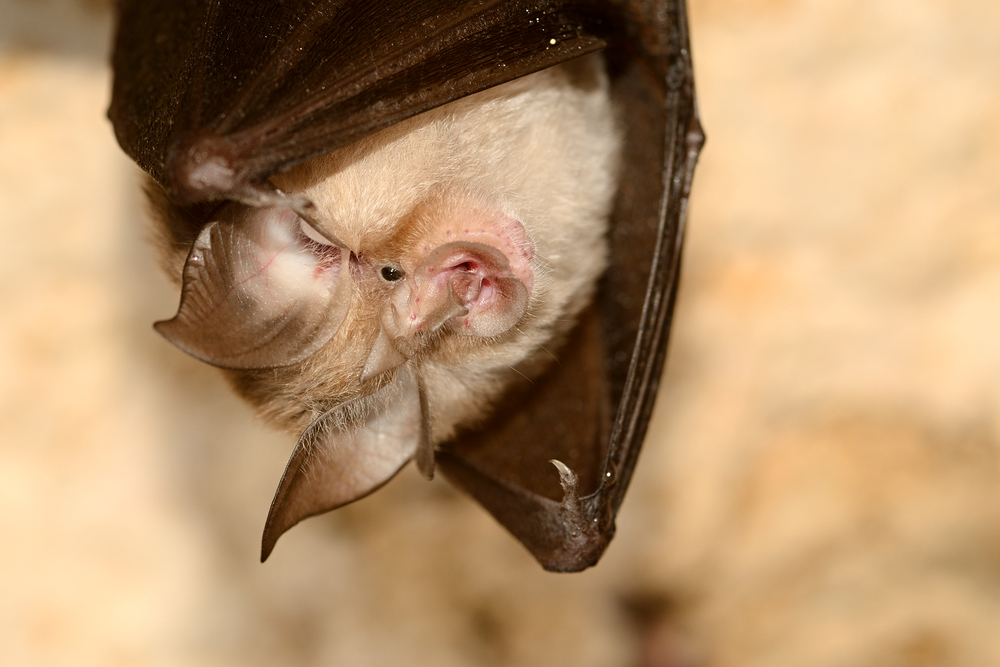
A recently published study from researchers at the Chinese Academy of Sciences in Wuhan, China, found that viral strains in bats contained all the necessary genetic building blocks of the human SARS coronavirus.
The findings, published in PLOS Pathogens, suggest that genetic recombination between the strains may have led to the direct evolutionary ancestor of the strain that caused an outbreak of severe acute respiratory syndrome (SARS) in humans that began in Southern China in 2002.
“Rhinolophus bats in China harbor genetically diverse SARS-related coronaviruses, which may have given rise to the direct progenitor of SARS coronavirus after recombination,” the authors said.
The researchers spent five years five years studying SARS viruses found in various species of horseshoe bats living in a single cave in Yunnan Province, China. They identified 11 new strains of SARS virus and sequenced their full genomes to reveal their evolutionary relationships.
Further lab experiments found that the newly identified bat strains can enter human cells via the same cellular receptor used by SARS coronavirus. This suggests that some of the strains could potentially be directly transmitted to humans.
The researchers recommended continued monitoring of the cave they studied, in addition to other sites that may pose a similar risk.




